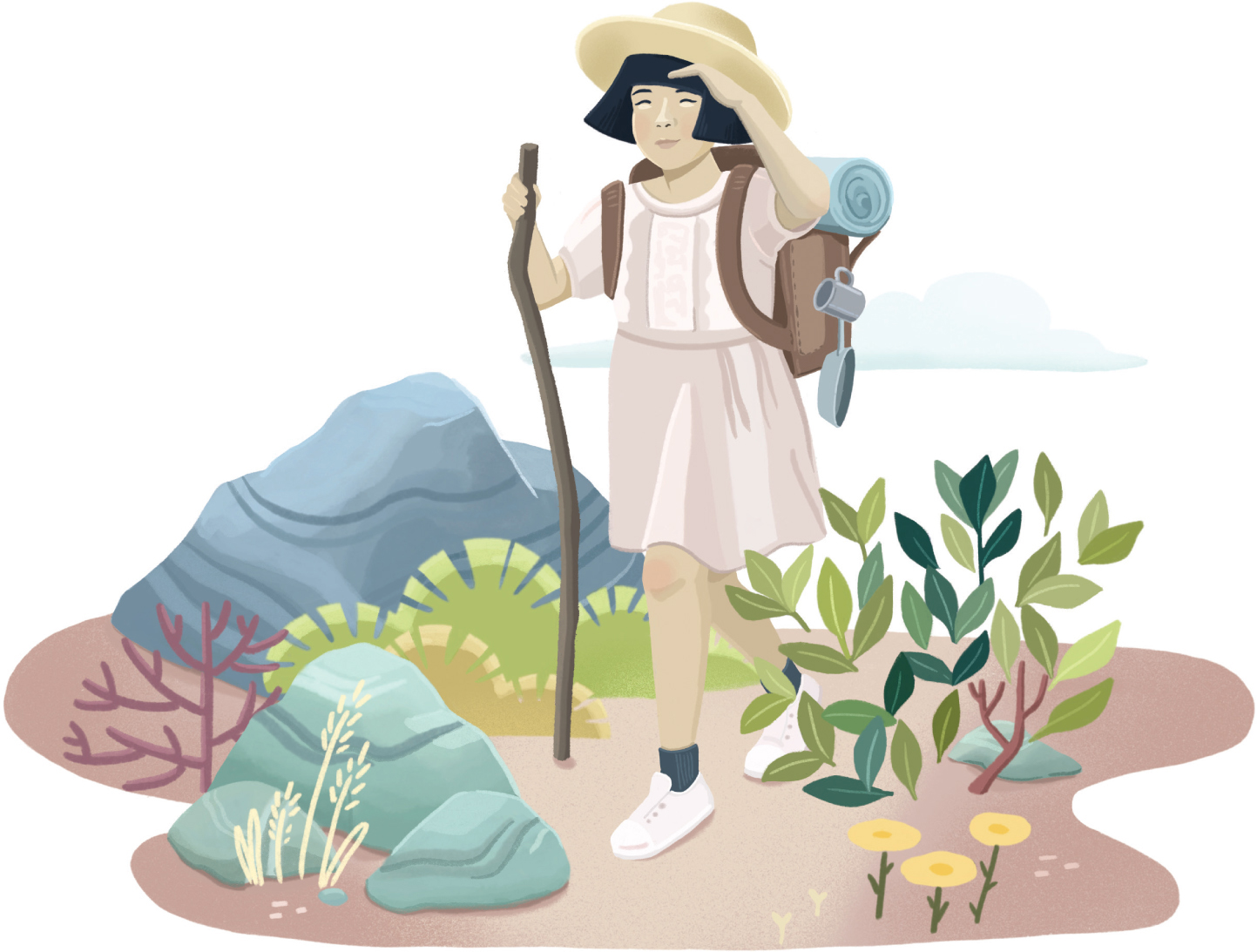Contents
Landmarks
Print Page List
Copyright 2021 by Andrea Debbink
All rights reserved. Except as authorized under U.S. copyright law, no part of this book may be reproduced in any form without written permission from the publisher.
Library of Congress Cataloging in Publication Data
Debbink, Andrea, author. | Orlando, Asia, illustrator.
The wild world handbook : how adventurers, artists, scientists-and you-can protect earths habitats / by Andrea Debbink ; illustrated by Asia Orlando.
Summary: A middle-grade guide to environmental stewardship and protecting diverse habitatsProvided by publisher.
LCSH: Habitat conservationJuvenile literature. | Habitat (Ecology)Juvenile literature.
LCC QH75 .D389 2021 | DDC 333.95/16dc23 2020052824
ISBN9781683692461
EBook ISBN9781683692478
Designed by Elissa Flanigan
Illustrations by Asia Orlando and Elissa Flanigan
Production management by John J. McGurk
Quirk Books
215 Church Street
Philadelphia, PA 19106
quirkbooks.com
a_prh_5.6.1_c0_r0
OTHER BOOKS BY ANDREA DEBBINK
Spark: A Guide to Ignite the Creativity Inside You
Think for Yourself: The Ultimate Guide to Critical Thinking in an Age of Information Overload
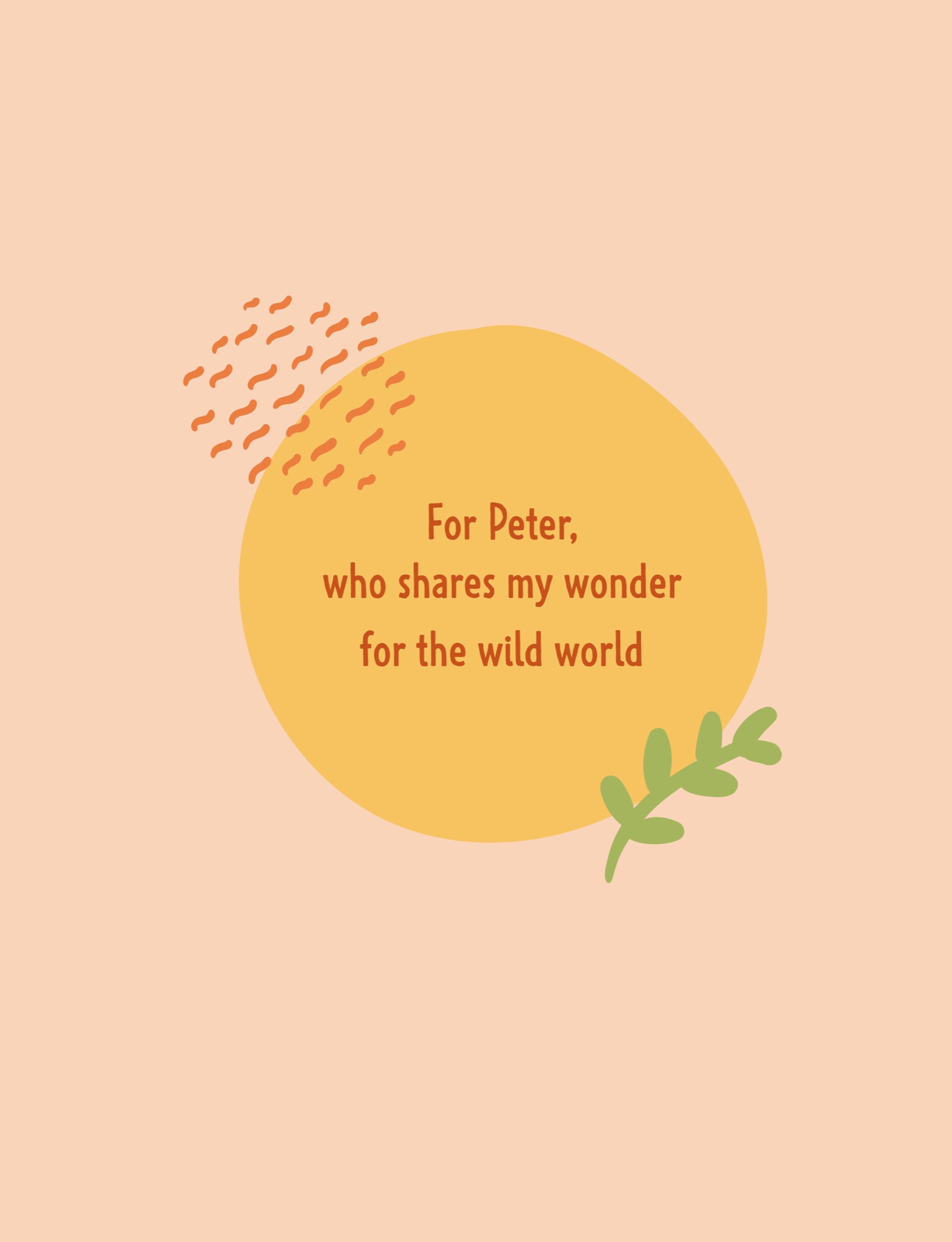

What comes to mind when you think about nature? The sky-scraping mountains of the Alps, the canyon-carving Colorado River, a field of wildflowers, a thunderstorm? Maybe you picture something smaller and closer to home: dandelions that grow in sidewalk cracks or the honeybees that buzz outside your window. This book is a guide to all the extraordinary and ordinary things in nature, wherever you find them.
In The Wild World Handbook, youll learn about nine amazing habitatsfrom polar lands where the sun sometimes shines all day, and sometimes not at all, to mysterious rainforests that are still full of secrets. Youll read stories about natural wonders like the tallest tree in the world and deserts that bloom so bright you can see them from space.
Youll also read stories about people, because people have the power to hurt nature or to help itand you do, too. The people in this book had incredible experiences in nature and then they did something about it. Theyre scientists and activists, but theyre also photographers, writers, athletes, and explorers. Each of them started out just like youan ordinary kidbut their actions changed the natural world for the better and helped us understand our place in it.
You probably know this by now: humans have done a lot to hurt nature and the habitats that make up our beautiful, wild world. And we still do. We cut down forests in unsustainable ways, pour pollution into waterways, and take more than we need from the earth. Today were facing a lot of big environmental challenges as a result of peoples actions, such as plant and animal extinction, plastic pollution, and melting glaciers. And all these problems are made worse by climate change and its effects. It can be sad, and scary, to think about all this destruction.
Thats why its helpfuland hopefulto think about these things, too: There are birds that fly in our skies today because someone a hundred years ago cared enough to protect them. There are forests growing tall because someone planted seedlings. There are rivers with cleaner water and healthy fish because someone cleaned them up. History is full of people who destroyed nature and history is full of people who protected and cared for it. Each generation had a choice and we do too: Will we destroy nature and use it up until its gone? Or will we take care of our worlds incredible habitats and help them thrive?
You dont have to be a scientist or a park ranger or a politician or an adult to explore nature or to protect it. You dont have to live in the woods or even like to camp. You dont have to own hiking boots or look a certain way or be from a certain place. There are many ways to explore nature and there are many ways to take care of it. This book will show you how.
Mountains can be soft and green or sharp with rock and ice. They can be places of shelter and rest, or they can divide communities with high ridges that are impossible to cross. Mountains are powerful enough to control weather, storing up rain or letting it go. Yet mountain habitats are also fragile enough to be broken apart by explosives or trampled by careless human feet that stray from hiking trails.
The mountains are calling. Lets go.
 MOUNTAIN FACTS
MOUNTAIN FACTS
| Except for Antarctica, every continent on Earth has at least mountain ranges. |
| The highest mountains on each of the seven continents are called the Seven Summits: MOUNTEVEREST (Asia), ACONCAGUA (South America), DENALI (North America), KILIMANJARO (Africa), MOUNT ELBRUS (Europe), MOUNT VINSON (Antarctica), and MOUNT KOSCIUSZKO (Australia). |
| Most of the worlds rivers begin in the glaciers and snowfields on mountain peaks. Eighty percent of the worlds freshwater comes from these mountain rivers. |
| The longest mountain range on earth is underwater. Its called the mid-ocean ridge and its more than 40,000 miles long! |
| People sometimes disagree on the definition of a mountain, but most geologists define a mountain as a landform thats at least 1,000 feet above the land that surrounds it. |
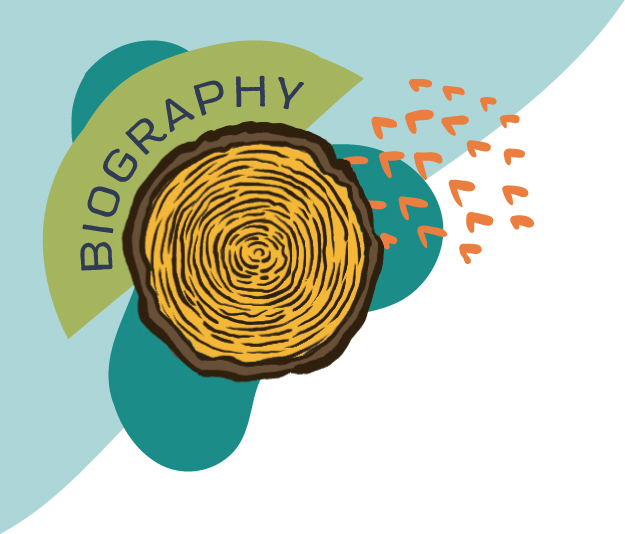

SEPTEMBER 22, 1939OCTOBER 20, 2016


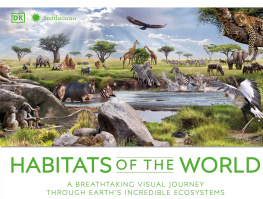
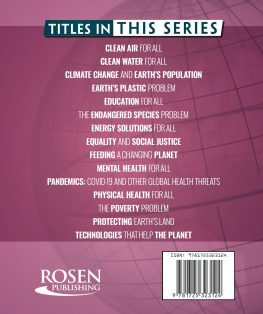
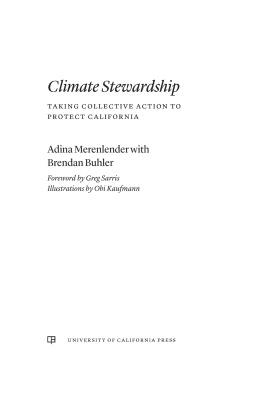


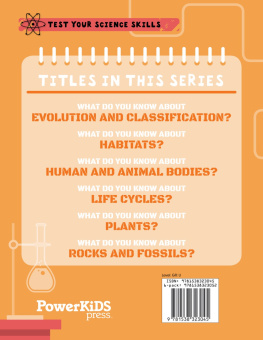

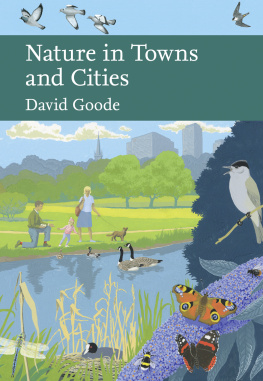

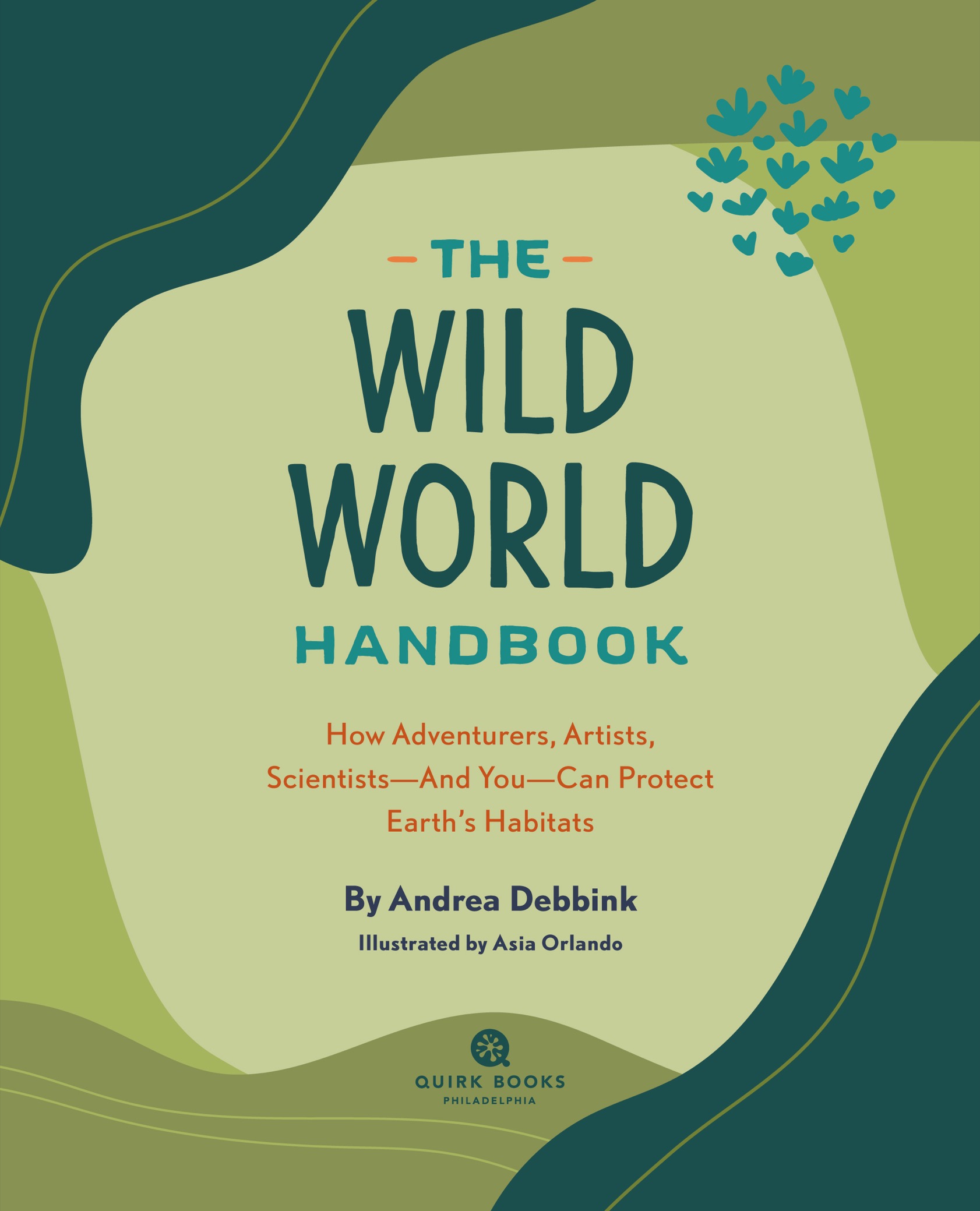



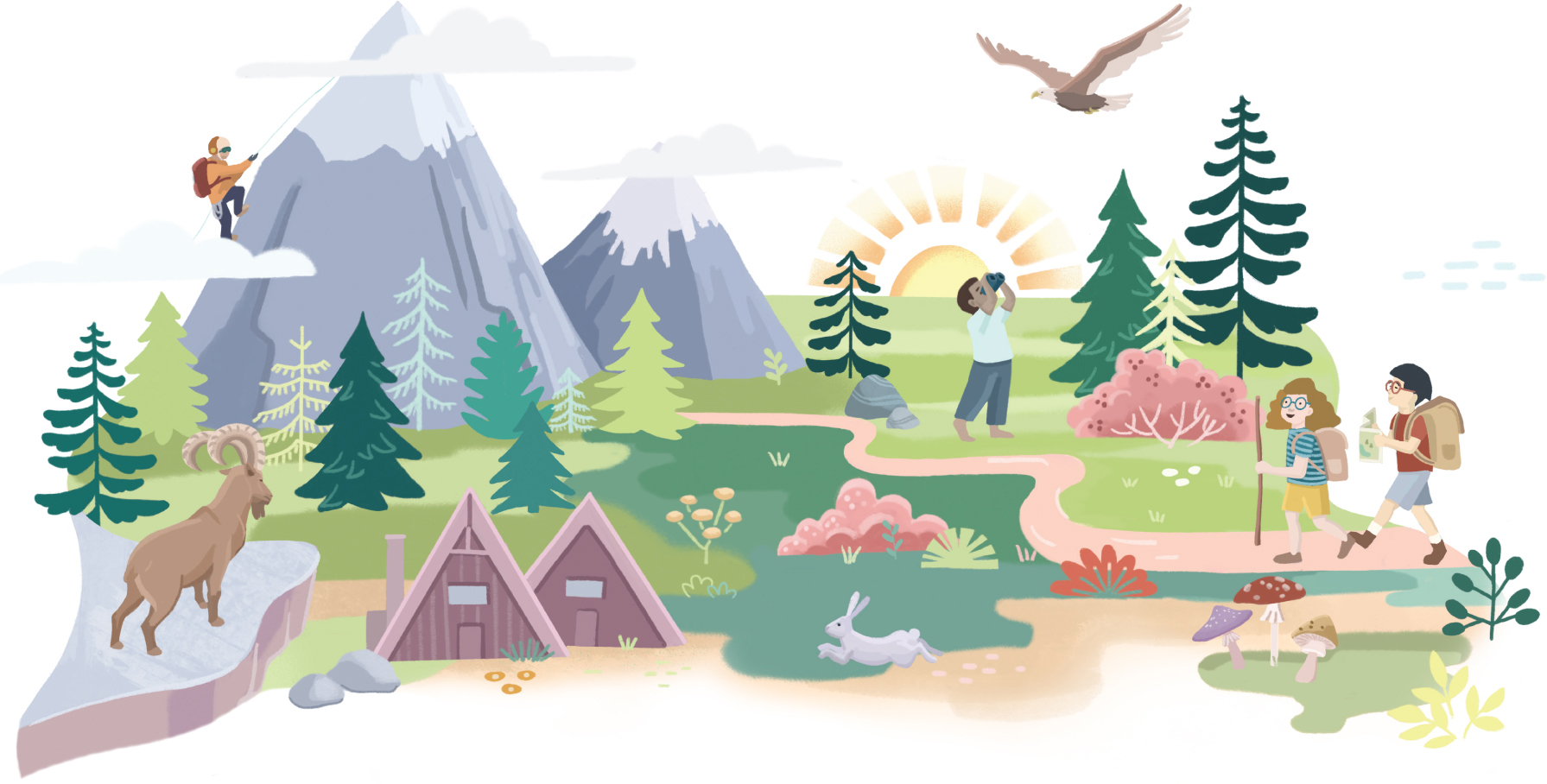
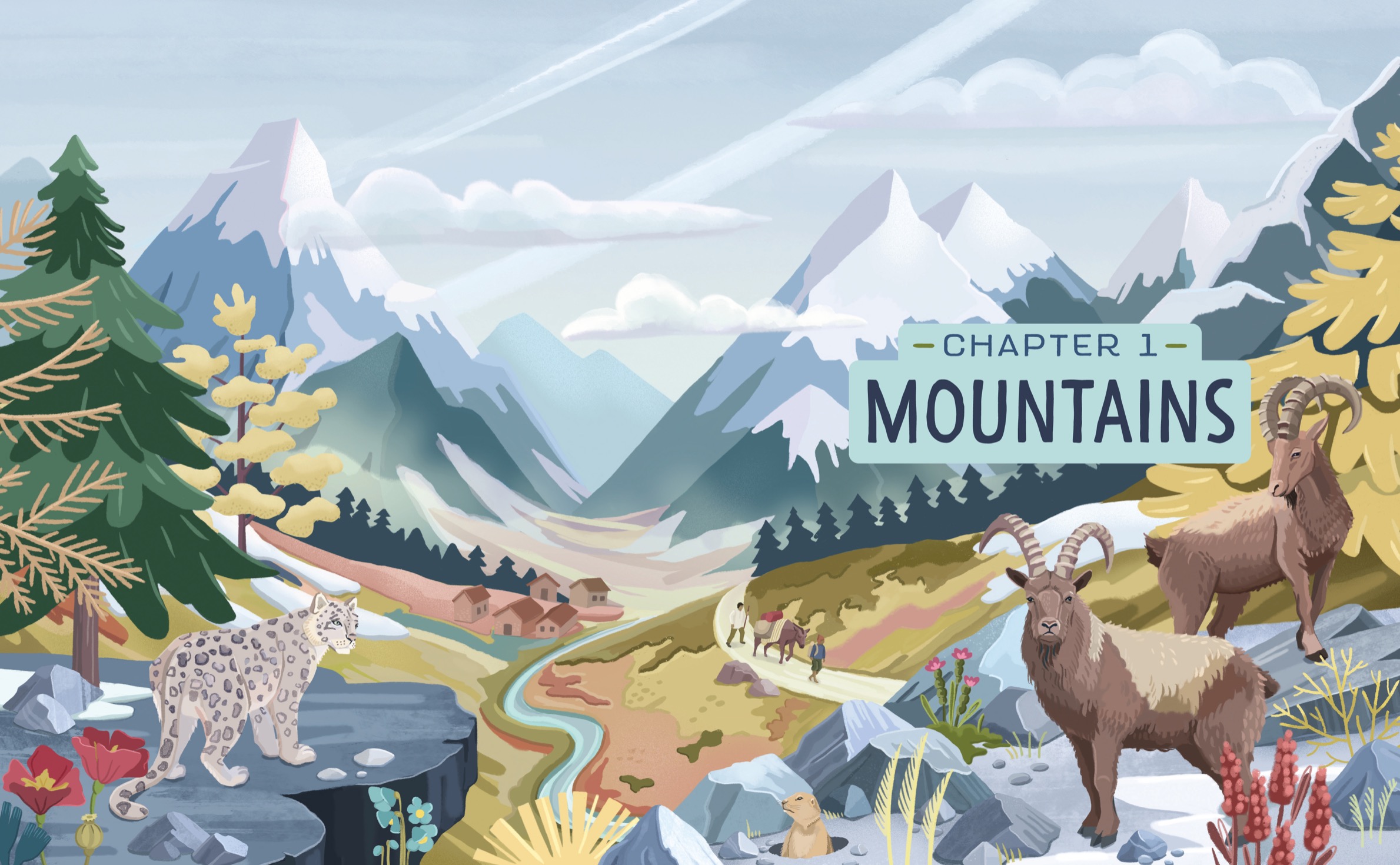
 MOUNTAIN FACTS
MOUNTAIN FACTS


